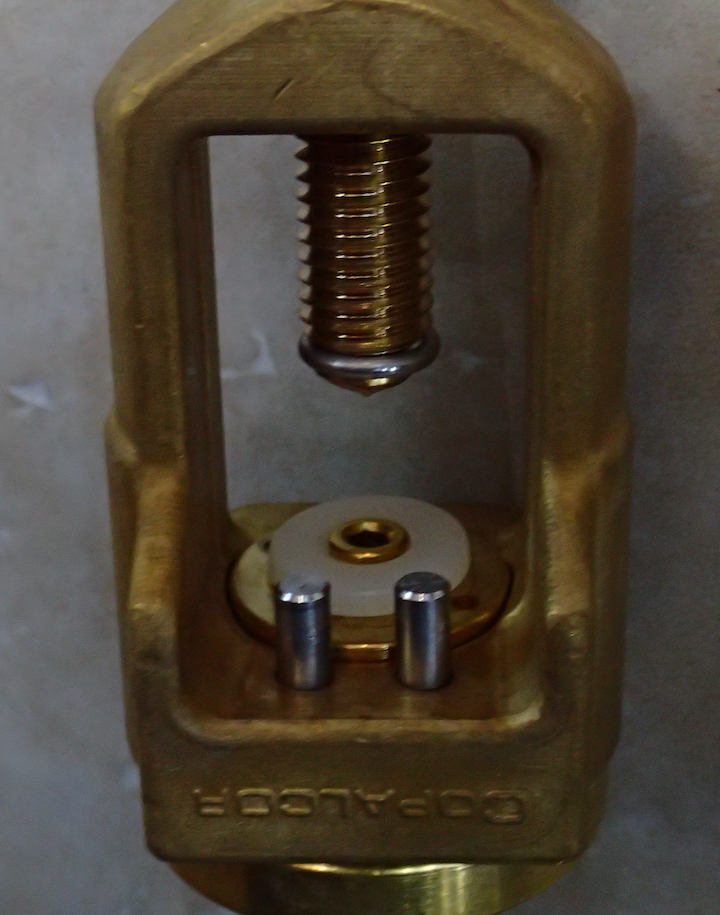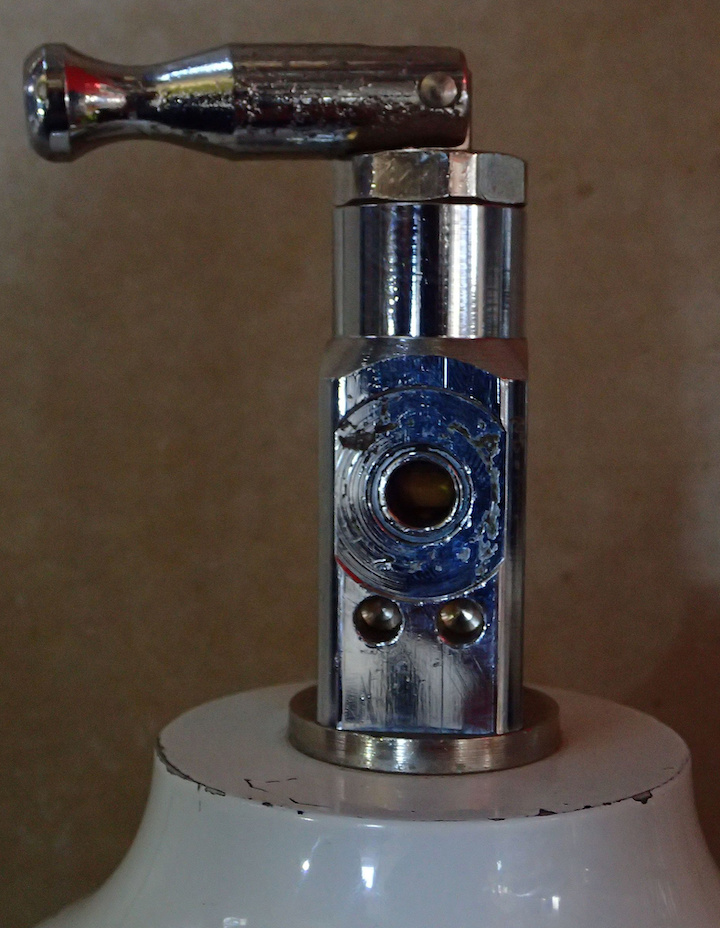Did the gas passer do it?
-
A murder mystery...
Link to video -
In the "goofs" section on IMDB, there is the following comment:
"The premise of this mystery is the swapping of a CO2 cylinder, repainted to look like an oxygen one, on the anaesthetic trolley. This is not possible as oxygen cylinders have reverse threads on the connectors to prevent such a mistake or deliberate substitution."
That's incorrect. The safety system for preventing a wrong cylinder from being attached to the yoke of an anesthesia machine is called the "Pin Index System"
This system has pins on the yoke which are positioned so that only the type of cylinder (O2, N2O) meant for that yoke can mate and seal. It's physically impossible to put the wrong gas cylinder onto the wrong spot.
"The pin index safety system uses a face seal between the cylinder valve and the associated yoke clamp. There are two holes in specific positions on the cylinder valve body below the outlet port , in positions associated with the gas mixture, which prevent connection of the cylinder to a yoke or pressure regulator with a mis-matched set of pins. The holes accept pins 4 mm diameter by 6 mm long which are correctly aligned with the holes."
Here you can see the pins on the yoke, and an oxygen cylinder with the matching holes. If you tried to put a CO2, N2O or other cylinder onto the yoke, it would't fit.


So there....
-
@axtremus said in Did the gas passer do it?:
perhaps the “pin index” system was not used back then
Good point. It was developed in 1952:
https://www.woodlibrarymuseum.org/museum/item/627/pin-index-valves
Since the 1900s, cylinders of compressed gas have been attached to anesthesia machines by means of a valve, and seated in a bracket or yoke. Until the early 1950s, interchangeable connectors allowed the attachment of any gas to any yoke. Despite color-coded cylinders, this also made it possible to connect the wrong gas. The National Fire Protection Association, the Compressed Gas Association, and American Society of Anesthesiologists worked together to eliminate that risk.
The resulting Pin Index Safety System was introduced in 1952, and led to an international standard. The system requires each cylinder valve and each yoke to be made for use with only one, specific gas. Pins in the yoke correspond to matching holes in the valve, so that a cylinder indexed for one gas (such as nitrous oxide) cannot be connected to a yoke indexed for any other gas (such as oxygen). This helps to ensure that the patient under anesthesia is never without oxygen to breathe.
The system was implemented in stages over several years; old cylinder valves were recalled, and adapters allowed the conversion of existing yokes. The system is still used today and is just one of a number of standards created to ensure safety for patients receiving anesthesia care. In 1956, this demonstration set of pin indexed valves was donated to the Wood Library-Museum by the manufacturer, Puritan Compressed Gas Corporation.